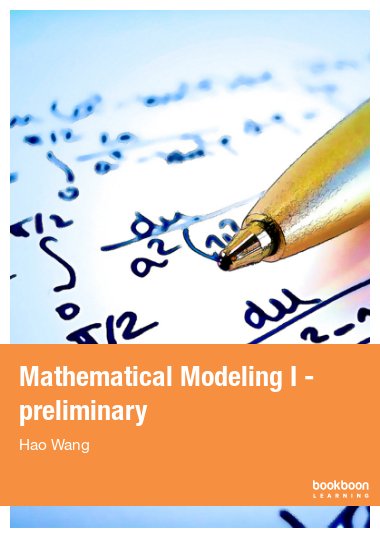Mathematical modeling is the most effective bridge connecting mathematics and many disciplines such as physics, biology, computer science, engineering, and social sciences. A mathematical model, which is a mathematical description of a real system, can potentially help to explain a system, to uncover the underlying mechanisms via hypotheses and data fitting, to examine the effects of different components, and to make predictions.

